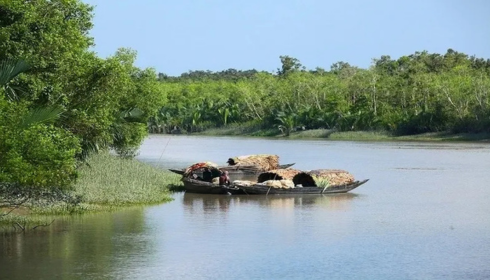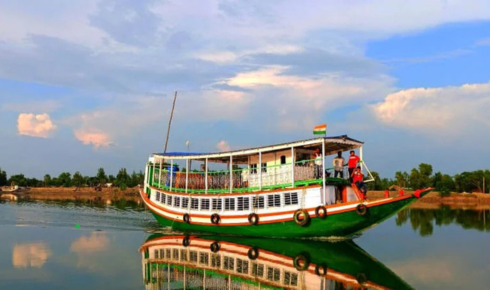The Sundarbans, known as the world’s largest mangrove forest, is a UNESCO World Heritage Site that attracts thousands of travelers each year. A Sundarban trip offers an extraordinary opportunity to experience rich biodiversity, picturesque landscapes, and the thrill of exploring the habitat of the majestic Royal Bengal Tiger. Whether you are a nature lover, wildlife enthusiast, or someone seeking a peaceful escape, this destination is truly a once-in-a-lifetime experience.
Why Plan a Sundarban Trip?
The Sundarbans cover an area of nearly 10,000 square kilometers, spread across India and Bangladesh. Its name is derived from the “Sundari” trees, which dominate the mangrove ecosystem. Planning a trip here is not only about sightseeing but also about immersing yourself in nature’s raw beauty. The interconnected rivers, creeks, and islands make the region a fascinating labyrinth that enchants every traveler.
The major highlight is, of course, the Royal Bengal Tiger, known for its unique ability to swim across rivers. Apart from tigers, the region is home to estuarine crocodiles, spotted deer, kingfishers, dolphins, and countless other species. Bird watchers and wildlife photographers especially find this destination captivating.
How to Reach Sundarbans
If you’re starting your journey from Kolkata, you can take a train or drive to Canning, Sonakhali, or Godkhali. From there, boats and launches are available to take you into the heart of the Sundarbans. Many tour operators offer organized packages that include transfers, accommodations, and guided tours, making travel hassle-free.
Best Time to Visit Sundarbans
The ideal time for a Sundarban trip is between October and March, when the weather is pleasant and perfect for boat safaris. The winter months provide clear skies and better chances of spotting wildlife. The monsoon season should generally be avoided as heavy rains can disrupt travel and safaris.
Things to Do in Sundarbans
- Boat Safaris – Cruising through the river channels is the best way to explore the dense mangroves and spot wildlife. The thrill of spotting tiger footprints or hearing the call of wild animals adds to the adventure.
- Bird Watching – With species like herons, egrets, and the rare masked finfoot, bird enthusiasts will be delighted.
- Village Tours – Visiting the local villages allows you to experience the unique culture and lifestyle of people who live harmoniously with nature.
- Bonnie Camp and Watchtowers – Several watchtowers like Sudhanyakhali and Sajnekhali offer panoramic views of the forests and wildlife sightings.
- Night Stay in Eco-Resorts – Staying in a jungle resort or houseboat surrounded by mangroves is a once-in-a-lifetime experience.
Travel Tips for a Safe Trip
- Always book safaris through authorized operators to ensure safety.
- Carry insect repellents, sunscreen, and light cotton clothes.
- Respect local culture and avoid disturbing wildlife.
- Carry cash, as ATMs are not easily available in remote areas.
Why Choose a Guided Sundarban Tour?
Though solo travelers may prefer to explore on their own, a guided tour ensures you don’t miss key attractions. Expert guides explain the ecosystem, history, and wildlife behavior, enriching your experience. Moreover, tour packages often include meals, permits, and safe accommodations.
A Journey into the Wild
A Sundarban trip is not just a holiday but an exploration into a world where nature reigns supreme. The serenity of the mangroves, the thrill of spotting wildlife, and the warmth of local hospitality make it a unique destination. Whether you’re planning a family trip, a photography tour, or a peaceful solo retreat, the Sundarbans promise memories that will last a lifetime.













